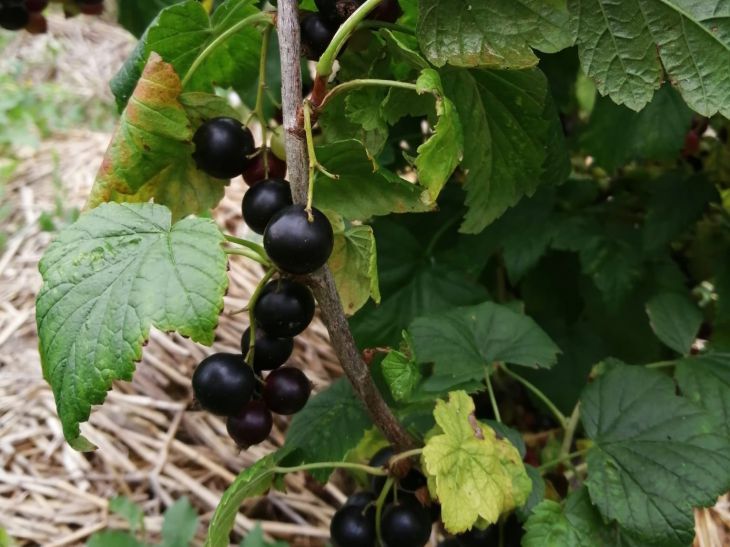Do you dream that the currants in your garden would be so sweet that children would eat them straight from the bush, and the jam would not require tons of sugar?
The secret is not in expensive fertilizers, but in an old granny's method that agronomists stubbornly keep silent about. It turns out that the potato peelings you've been throwing into the compost for years are the key to berries that melt in your mouth.
The starch contained in potato peels acts as a natural catalyst for sugar accumulation. When the bushes are sprayed with a starch solution, glucose molecules penetrate through the stomata of the leaves and stimulate the production of fructose in the berries.

But it is important to do this before the buds open, so that the solution has time to create a protective barrier against the bud mite, the main enemy of currants.
Collect peelings from 5-6 kg of potatoes, wash them thoroughly to remove dirt and dry them in the sun. Grind into powder using a coffee grinder or mortar, pour boiling water over (1 kg of powder per 5 l of water) and boil for 10 minutes. Strain the cooled broth through cheesecloth and pour into a sprayer.
Carry out the treatment in calm weather, evenly covering all branches with the solution. The starch envelops the shoots, creating an invisible film that repels pests and retains moisture.
After two weeks, repeat the procedure, adding 2 g of boric acid per 10 liters of water to the solution. Boron will enhance the formation of ovaries and improve the transport of sugars from the leaves to the berries. But be careful: an overdose of boron causes burns, so strictly adhere to the proportions.
After flowering, currants should not be fed with nitrogen fertilizers. They stimulate the growth of shoots, but make the berries watery and sour. Instead, scatter wood ash under the bushes at a rate of 200 g per plant. Potassium from the ash increases the density of the pulp, and phosphorus enhances the aroma. Ash can also be added in liquid form: pour 300 g with 3 liters of boiling water, leave for a day and water the bushes at the roots.
Another secret of sweetness is proper watering. Currants like abundant but rare moisture. Water them once every 10 days, pouring 15-20 liters of water under each bush.
During drought, mulch the soil with a 10 cm layer of straw or mown grass. This will retain moisture and protect the roots from overheating. But avoid watering with cold well water - temperature shock slows down the absorption of nutrients.
A mistake that ruins the harvest is spraying during flowering. Drops of solution stick pollen together, and it cannot get to the pistils. As a result, ovaries do not form, and the berries, if they do appear, will remain small. Wait until the petals fall off, and only then resume treatment.
To enhance the effect, plant marigolds next to the currants. Their roots secrete thiophene, a substance that repels nematodes that damage the root system. And the smell of marigolds disorients the gooseberry moth, saving the berries from caterpillars.
